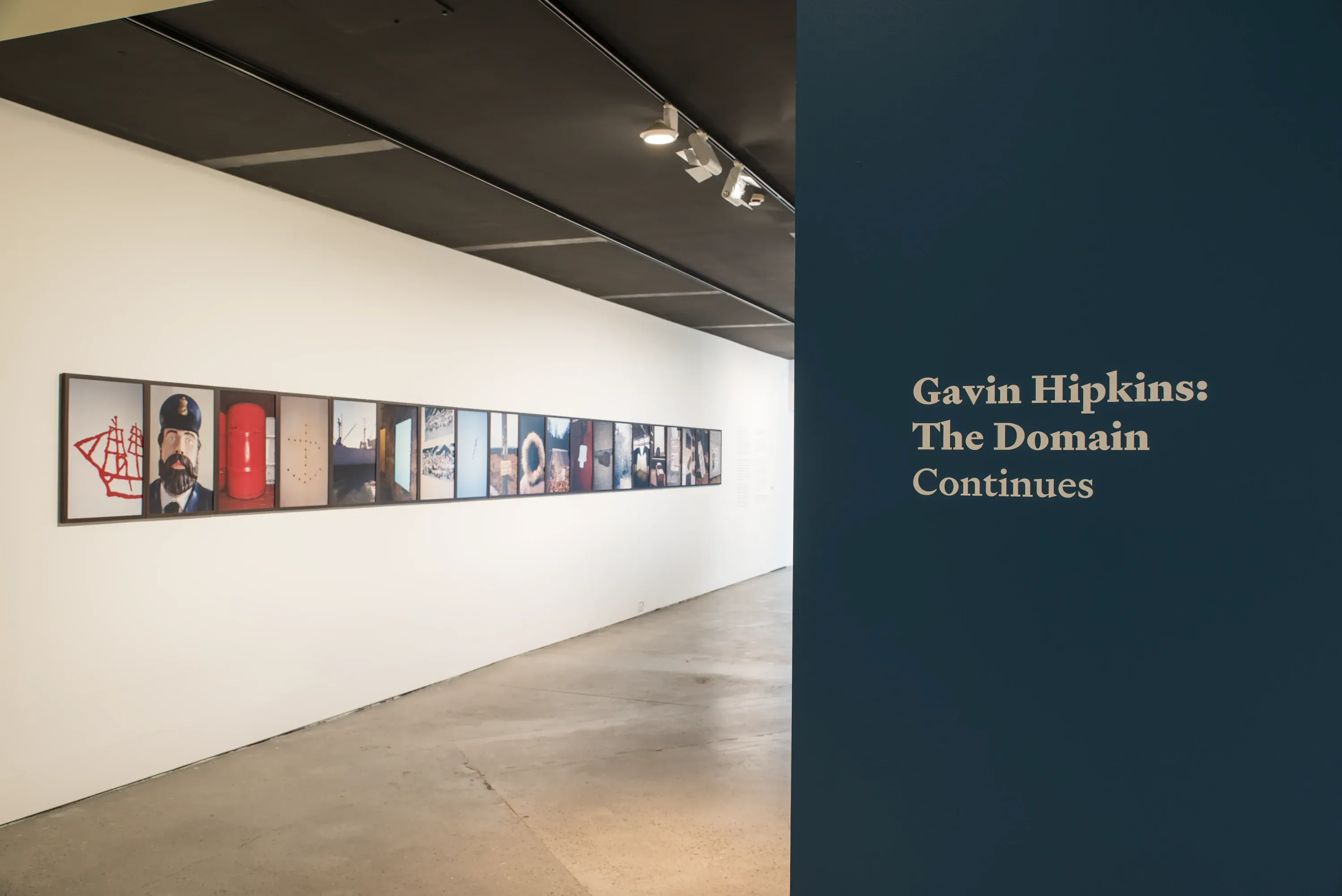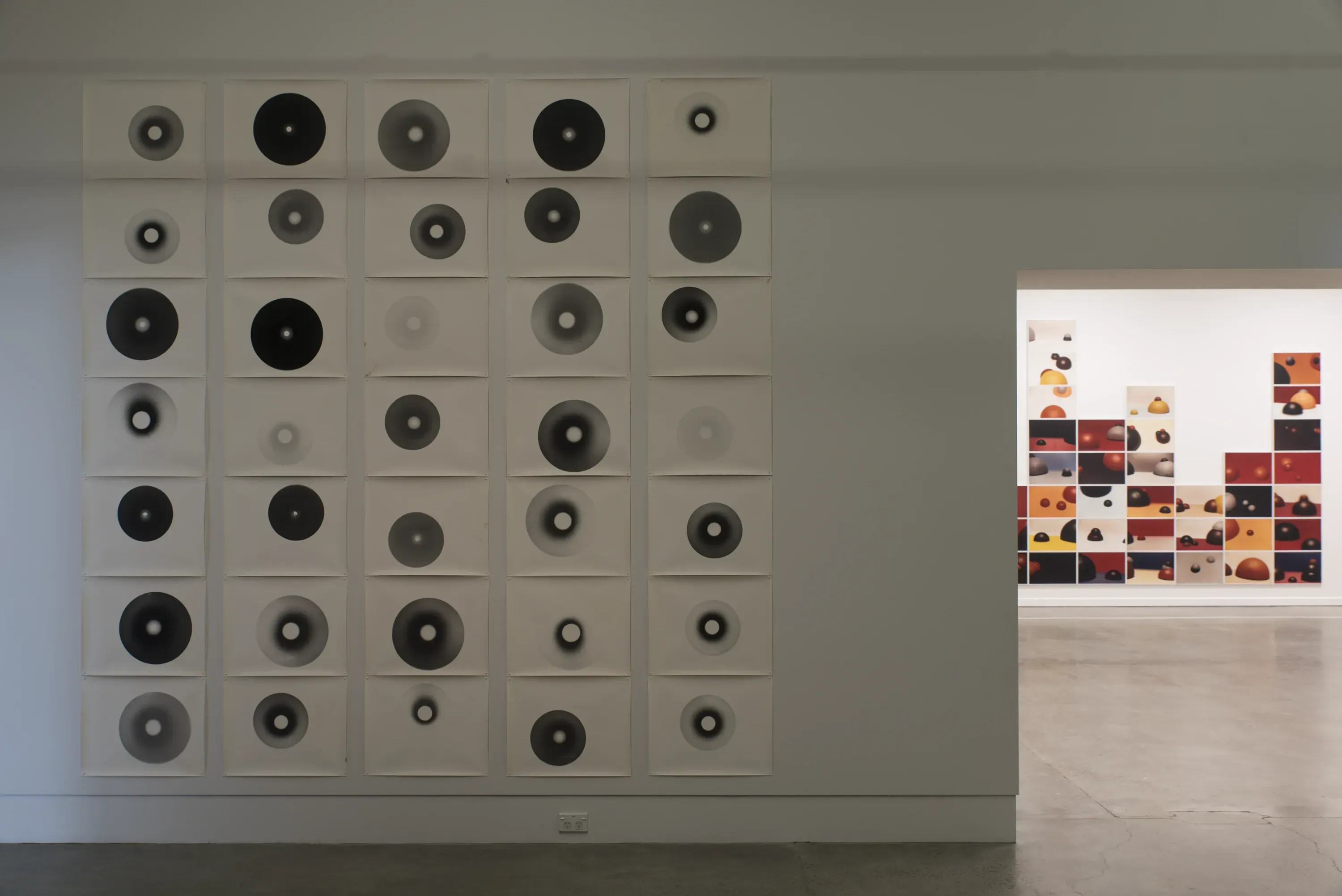Making Room
Written by
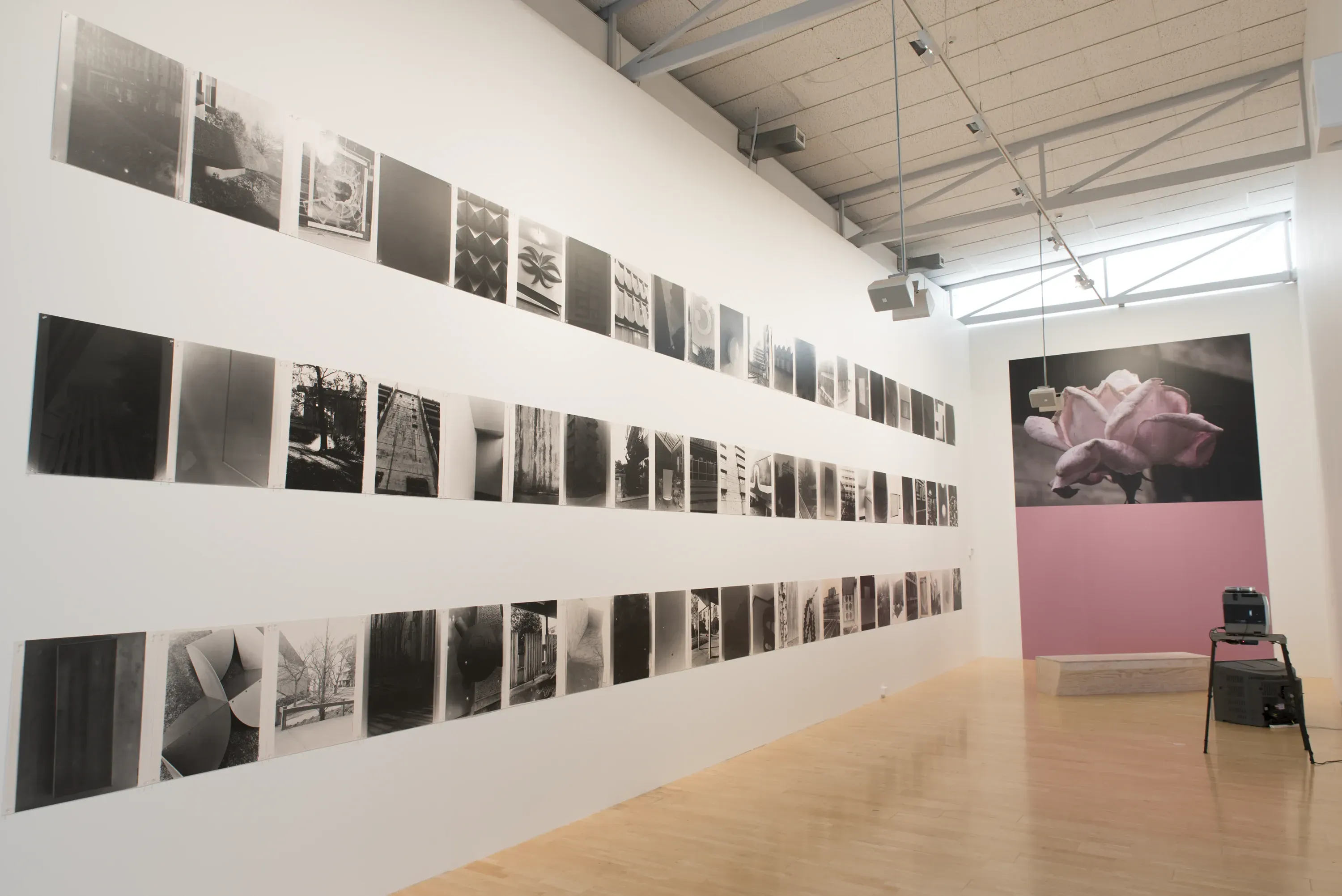
The big solo survey exhibition has long been a staple of public gallery programming—considering the journey of an established artist’s practice over several decades. Such spots are prized, a kind of public roll of honour, limited nationally to not much more than half a dozen surveys a year.
Often accompanied by major publications, these projects take significant resources for their institutions. So much so that three significant New Zealand artists have had survey exhibitions in Sydney and Brisbane in recent years but not here at home: Michael Stevenson, Michael Parekowhai and Lisa Reihana. Last year a survey of the work of Francis Upritchard was produced jointly by Melbourne’s Monash University Museum of Art and City Gallery Wellington, touring three New Zealand cities. Coming up the first major survey of a contemporary artist in a rather long time at Te Papa, Lisa Walker, opening 17 March.
Most recently we’ve seen the turn of a generation of artists who since the 1990s have been exploring the boundaries of what photography can do and represent: Fiona Pardington, Ann Shelton (currently at Christchurch Art Gallery) and, this summer, Gavin Hipkins at the Dowse Art Museum, Lower Hutt.
It’s interesting to speculate how these exhibitions might continue in form to shift. Will we see a move more away from the modernist era’s grand privileging of the individual artists’ journey? Of the appetite for the next 'largest ever' event? Not apparent yet, but surely I'm not alone when viewing the really big surveys in wondering to what good effect seeing so much of a good thing is.
The shape of these exhibitions have become more fluid in response to the interests of the art and artist. The ground is loosening. Julian Dashper and Friends at City Gallery (2015-16) reflected the sociability of Dashper’s practice by bringing it into conversation with the work of others. Pardington’s A Beautiful Hesitation was added to in different centres it toured to draw out connections to those places. Elizabeth Thomson has followed up a City Gallery survey in 2005 with Cellular Memory, currently at Aratoi Masterton, where work created since her involvement in the Kermedec exhibition of 2011 (stretching photography sculpturally) is counterpointed with revisits of three installations from the 1990s.
These galleries are of varied size. There’s a balance to be struck in programming between an individual artist’s occupation of a building and a multiplicity, or community of experience. Artists and curators mutual interest in spatial exploration sees solo projects as well as surveys now more often taking over part or even all of buildings. Art is demanding more space, and we had a rash of gallery and extension building a few years back to accommodate it. Yet, at the very same time galleries are also having to think about how they also create more personal and communal experiences. Art also wants to be intimate.
The Domain
The size of The Domain, a survey of Gavin Hipkins 25 years of practice came initially as a surprise. It took over the entire ground floor galleries of the Dowse over summer, the first time this has been done for a single artist in the museum’s 47 year history.
The Dowse’s programming has thrived on holding together simultaneously a diversity of approaches. That could be considered its point of difference in Wellington to the likes of City Gallery and the Adam.
Yet the boldness of this move with Hipkins by curator and museum director Courtney Johnston is to be celebrated. It is in the service of the vision of an artist and a museum’s own exploration of what it can do. In terms of diversity of approach, occasional spatial shake-ups like this should be welcomed.
Even more boldly, February saw something happen to this exhibition I can’t recall seeing happen before—an entire wing of the exhibition, practically half closed. Illustrating that the Dowse has lost none of its liking for multiplicity, it has been replaced by a show featuring no less than 100 jewellery artists, The Language of Things: Meaning and Value in Contemporary Jewellery.
The move actually kind of works. The exhibition was clearly designed to accommodate it. What remains (open until 25 March) holds together well in its focus on Hipkins’ exploration of the representational - while much of what was in the closed wing focussed on more formal abstract works. And while the exhibition resisted being strictly chronological in design, the cut sees Hopkins early work taken out, as well as his recent series of Block paintings (images of childrens blocks) which loop back in their concerns to the earlier work. The Domain becomes a survey of one of two strains of the artists’ practice.
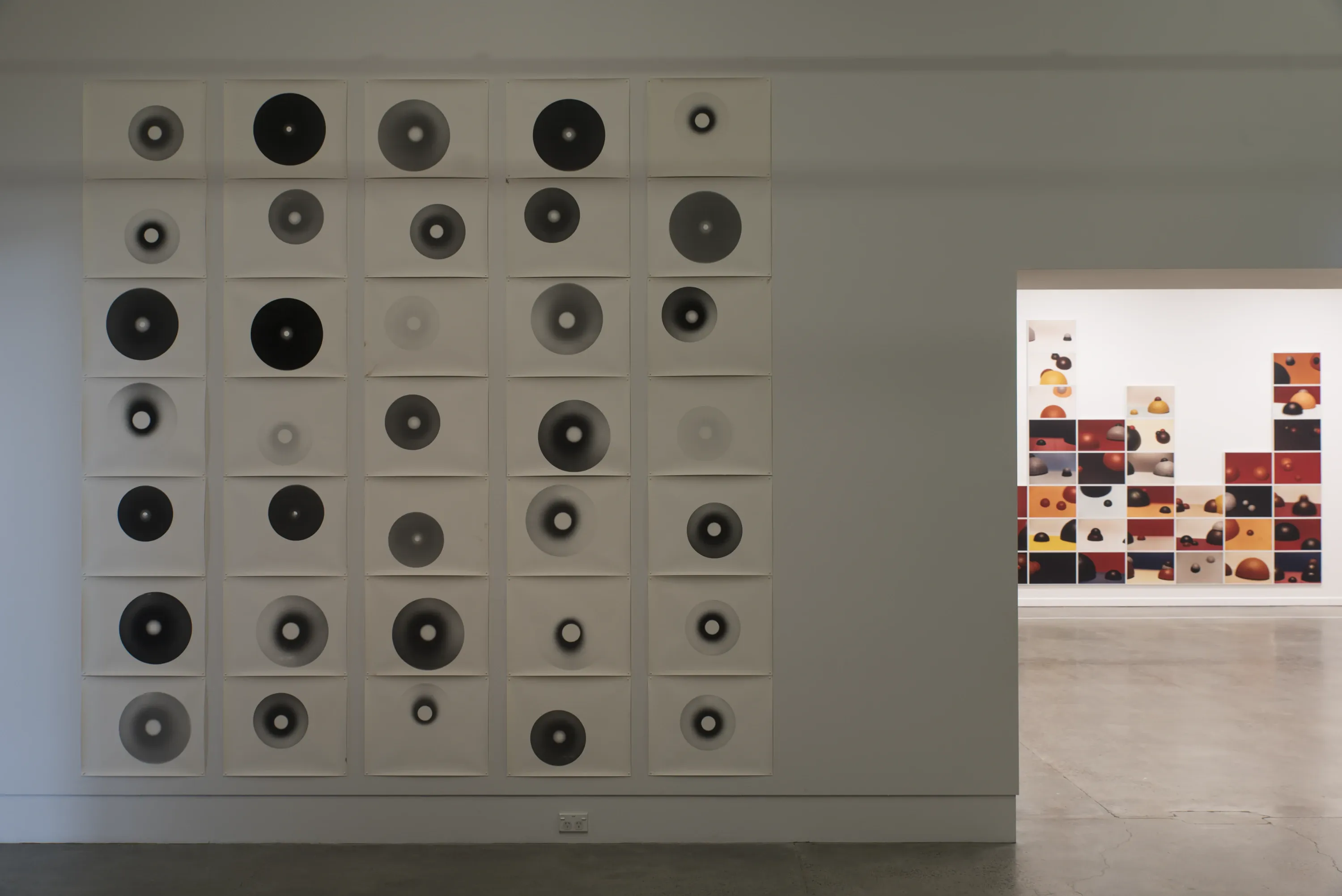
Building Blocks
The ground floor of the Dowse presents many different shaped and sized rooms suited to a diversity of work. That’s suited to Hipkins. His photographic works are in series, groupings of multiple prints that exercise a space in varied ways, while his film works often demand their own spaces.
It’s as if Hipkins works in modular blocks. Each of Hipkins’ works presents a system of relationships between many images, and these are in turn in relationship to other works. Not only is a single work made of many different parts, in this survey he revisits them anew, exploring new modes of presentation or remixing them as extracts. Between them bigger subsets are created. You might think of this organising and renewing of blocks as akin to the evolving design of a city. The logic of a survey of so many works in this way starts to make sense. The viewer also gets to shuffle the formal and thematic associations between the images like a deck of cards, to play a part in constructing the bigger meaning.
This logic has continued into Hipkins’ filmwork, where spoken 19th century colonial texts are juxtaposed with sets of still and moving images to create, in their amalgam, a third line of meaning. Inexplicably only three out of his six films have been featured in this exhibition programme - works which have been principal in his practice since 2012.
Hipkins’ adventurous exploration of what photography can be both physically and conceptually, with strong attention to its history, has occured over a 25 year period when public use of photography has exploded, and its form has changed immensely. In this respect this survey feels vital. Hipkins work with series of images, for example, prefigures the way people now curate their own stream of images on Instagram, enjoying capturing a collage of details. That Hipkins work of 20 years ago still feels charged and fresh in this context speaks to his sensitivity to both his themes and the potential for photography to work in different ways in physical space.
The work reminds us that central to photography from its invention has been its ability to achieve greater distribution and presence for the image, and to continually take new forms.
And here there are more reasons why such a large survey feels apt. There’s something almost viral about the way Hipkins work has taken over the ground-floor of the Dowse. The reach extends to the gift shop (pencils, postcards and badges labelled with the titles of different series of works – so you can collect the sets), and then out the door across Wellington. At the Adam late last year Hipkins was present with a large commissioned work created with Anna Sanderson and Philip Kelly, What Remains: the Karori Commission. At City Gallery Wellington from March there is an 80 image sequel to one of his most celebrated series ‘The Homely’ as part of This Is New Zealand, shot in England and New Zealand exploring the often odd residue of British settlement.
It can't help feeling like encountering a strategic campaign. That's not unusual for a major artist, yet with Hipkins there's the sense its aligned with interests in the work. It fits with his work’s uneasy theme of dominance, one tied strongly to our country’s colonial legacy, and the reproductive nature of photography. Hipkins has repeatedly interrogated the tension in histories of creating new domains, new architectures and new republics in the face of what exists.
There is a forceful insertion. It starts with his work titles. From the first they have consistently used the definitive article: “The Domain”, “The Field”, “The Habitat”, “The Colony” etc. The definitive article suggests there is only one. Yet the multiplicity in Hipkins own work constantly undercuts this. This is a key part of the work’s charge—there is never one perspective.
The titles suggest occupation. They are, like this survey, an exercise in taking over space, but undercut by the softness of much of Hipkins imagery. There is the interest in brutalist architecture (‘The Habitat’ cataloguing the modernist architecture of New Zealand’s universities is a highlight), subcultures, utopias, and age of enlightenment. In this way he zeroes in on things progressive in intent, and with their own softness, yet often ungrounded and hard in their relationship to the ground they inhabit.
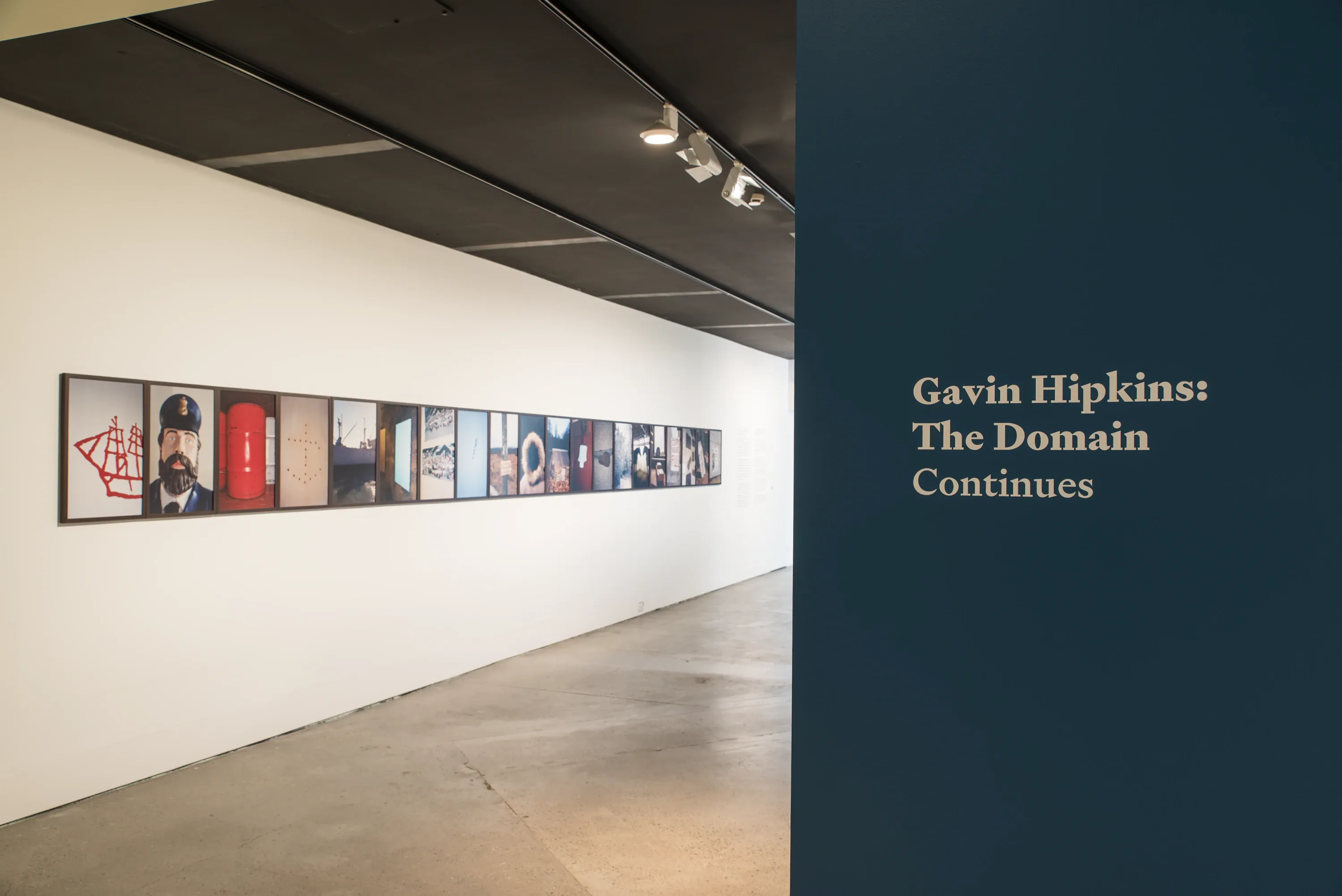
Take the terrific series ‘The Next Cabin’, inspired while in residency in Vancouver by the Cascadia independence movement, which radically proposes a new Pacific North-West nation state. The playful, surreal juxtaposition of images evokes a state of being on a frontier, with a lawless DIY edge and a whiff of white suprematism. Images of rough hand-painted camouflage, a poster for hardcore punk bands, an empty graffiti christened skateboard bowl surrounded by woods and the sinister back doors of transit vans are among a medley pointing to the anxious gaps between people.
In ‘The Next Cabin’ and its New Zealand cousin ‘The Homely’ the works revel in oblique symbolism. Openings are created within and between images for the viewer to step into. Or handles are created for the mind’s eye to grasp, hints of collective significance—the picturesque or iconic—but with a scene or object rendered uncanny they ultimately fail to be easily placed, asking us to question our own grounding.
The force in Hipkins work is also a push to find new ways for images to work that transcend the literal, the documentary. To speak in a real viseral way that disrupts familiar readings with turbulence. To make physical, to sear the surface with heat, the work seems less about what we see, as the afterimage of what is left. Explored is how photography might still, despite its ubiquity, be treated with an alchemy that captures spirit. With Karl Fritsch this has moved into embedding jewellery into the photograph itself.
If Hipkins work can seem cool and stern, it is in the way like a big church full of disparate symbols and texts it creates space for us to people. If it at times has the whiff of death, it is a place where things have stilled, are fading, and where dreams are failing. In the afterimage Hipkins makes space for us to make anew.
I do hope this substantial exhibition travels, and I recommend the accompanying handsome book, featuring new and previously published writing, with a perceptive introductory text by Courtney Johnston.
